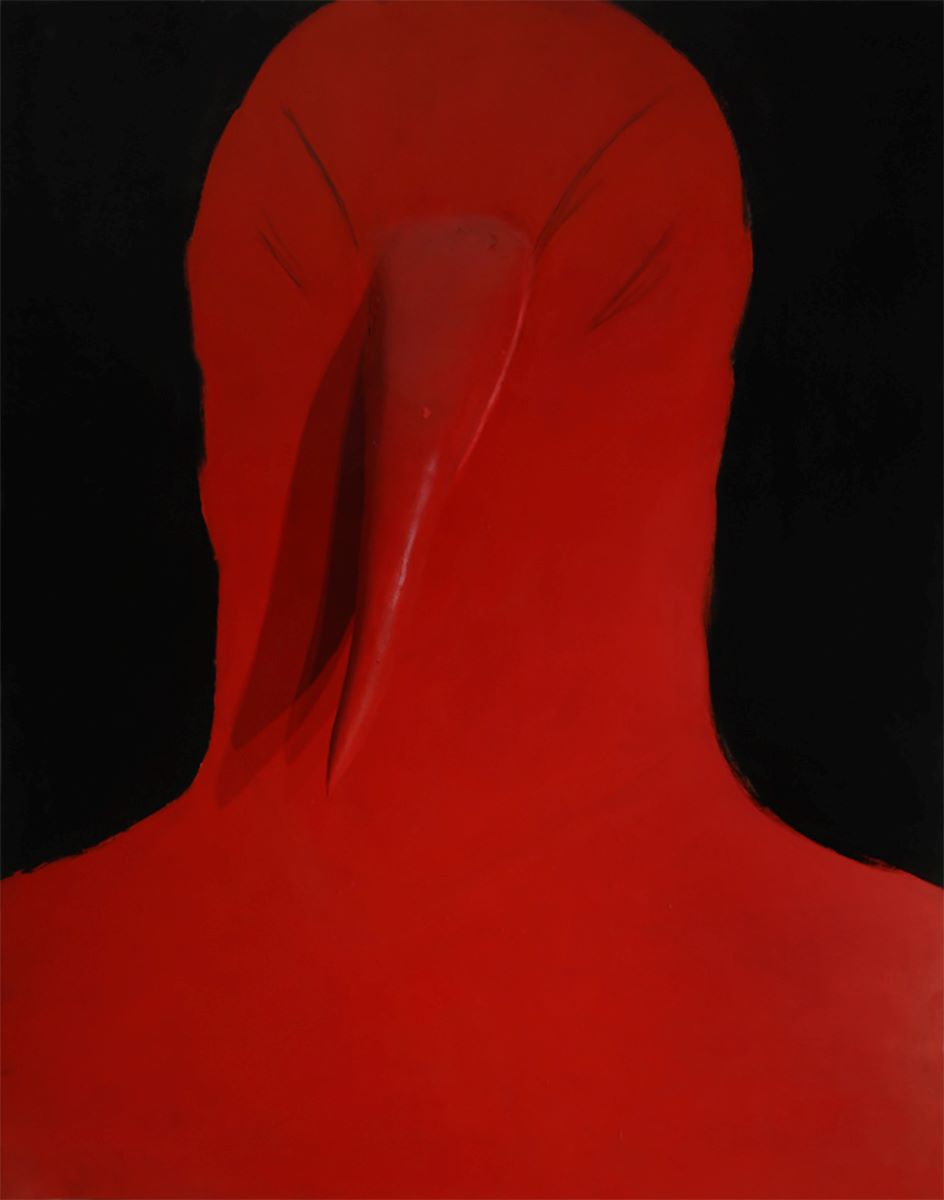
The irresistible rise of the private museum has arrived in Rome in a dramatic way. The Italian collector and real-estate mogul Ovidio Jacorossi has opened a new museum called Musja in a cavernous space filled with sinister works.
Like many of Rome’s museums, Musja is built on top of ancient ruins. It aims to challenge the idea that locals and visitors to Rome are more interested in historic art than the art of today. Judging by its strong opening show, Musja could succeed in what is always going to be a tough task.
The Italian capital might be home to a number of contemporary art galleries, including outposts of international powerhouses like Gagosian, or the superbly cool Gavin Brown’s Enterprise, but the city is not known for its contemporary art scene. Its Modern and contemporary art institutions, such as the MAXXI and Macro museums, must vie for visitors with the Vatican Museums, art-filled historic churches, and world-class archaeological museums. The Villa Borghese might have stepped up its contemporary art program, but it remains better known for its ancient treasures and Renaissance masterworks.
Jacorossi’s new museum, which opened to the public on October 8, aims to fill a gap in the city’s contemporary offerings. The venue has evolved out of a commercial gallery, and is now a state-recognized, nonprofit institution.
“It is an innovative cultural space,” Jacorossi said in a statement, describing the museum as a “donation to the community, [and] the expression of an accessible, democratic, and shared idea of culture.”
A collector since the late 1960s, Jacorossi started out buying Italian Modern art. His 3,000-strong collection now boasts contemporary pieces by leading international artists. The German artist Gregor Schneider has “sacrificed” pieces from the founding collection to make a site-specific, installation with the apocalyptic title End of the Museum (2019). Other dark works in the show include eye-catching loans, such as a drawing of a burning cross by Robert Longo, and Monica Bonvicini’s sculptures made of black fetish belts.
Gregor Schneider, End of the Museum (2019).
Courtesy the artist.
The inaugural show, “Who Is Afraid of the Dark?”, is the first in a trilogy on the theme of fear. “With this exhibition, we tried to give an idea of the collection, and to move from a private collection to a museum,” says the veteran curator Danilo Eccher. He is curating the next chapters, which will explore fear of time, and fear of loneliness. A curator and art critic, Eccher has served as director of a number of Modern and contemporary art museums across Italy.
Eccher invited Schneider to create a site-specific work for a tunnel-like space in the museum. It is a clever choice, as Schneider’s work is centered on explorations of emotional states of distress, often installed in claustrophobia-inducing spaces. Schneider’s new work consists of dozens of charred paintings hung on the corridor’s burnt walls. “When I told [Schneider] I wanted him to create a work for a new museum he said: ‘OK, then we destroy the old one,’” Eccher explains. The canvases all came from Jacorossi’s collection, which Schneider arranged on the wall and then took a torch to. “We chose not the most interesting ones,” Eccher says.
The museum’s complex, cavernous spaces lends itself to such moody ruminations. It is built—like much of the neighborhood it is located in—on the ruins of the ancient Theater of Pompey. Some walls in the museum’s lowest level are part of the ancient Roman ruin. “This is the area where Julius Caesar was assassinated,” says Eccher. “Caravaggio killed a man not far from here, too. I thought it would be good to link the emotional aspect of this space [to the exhibition], and chose one aspect of humanity’s dark side.”
Monster Chetwynd Bat (2018). Courtesy Fondazione
Sandretto Re Rebaudengo.
Three large-scale, mixed-media pieces by the British artist Monster Chetwynd dominate a small antechamber. They include a wide-open dragon mouth Red and Black Head (2018), and the artist’s Hell Mouth 1 (2005). The latter playfully evokes Rome’s famous Mouth of Truth, an ancient marble mask, which is a stone’s throw away at the site of the Forum Boarium. Other highlights in the small yet beguiling show include new pieces by US artist Tony Oursler, a meandering site-specific woven piece by the Indian artist Sheela Gowda, and two beds entangled by the Japanese artist Chiharu Shiota’s signature yarn webs. On opening night, two performers crawled into the beds and rested.
For now, a private museum is a rarity in Rome. Contemporary art is not in high demand here, and most tourists are unlikely to add Musja to their Rome bucket list. (Full admission price is €13, or $14). According to Eccher, the audience he had in mind is locals as well as Italian tourists who are interested in the international contemporary art scene.
Robert Longo Untitled (Burning Cross – From the
American Stories Cycle) (2017). Courtesy the artist & Galleria Emilio Mazzoli, Modena.
Venice has its biennales. Milan and Turin host Italy’s leading art fairs, and all three Northern Italian cities are home of major corporate collections and private museums, including the Pinault Collection, Prada Foundation, Pirelli Hangar Bicocca, and the Fondazione Sandretto Re Rebaudengo. While Rome has its share of contemporary art collectors, they prefer to remain private, and have not so far embraced the global trend to open their own museums and spaces. “[Musja] could be an example,” Eccher says. “Maybe not necessarily for opening more private museums, but to make Rome’s private contemporary art collections accessible.”